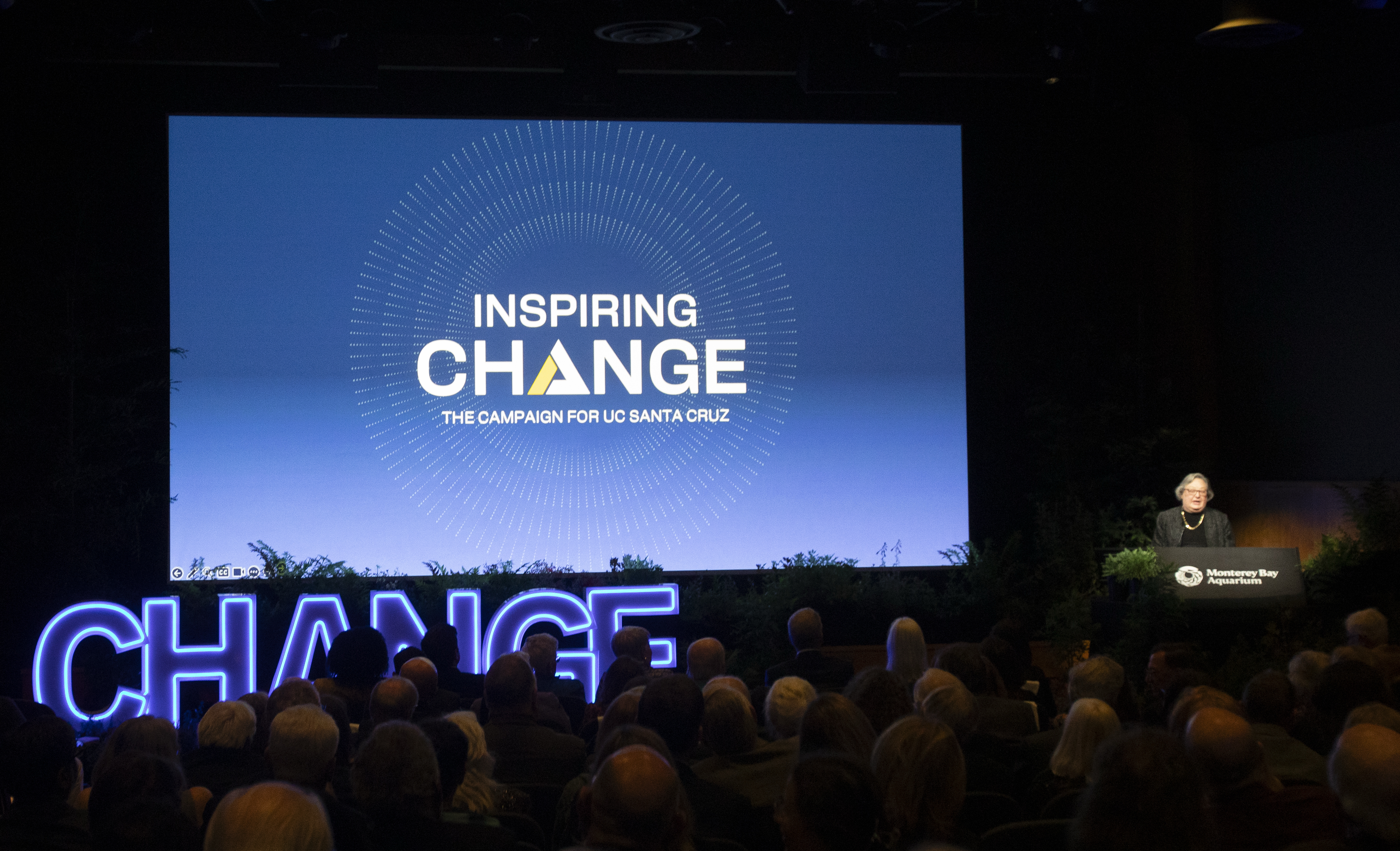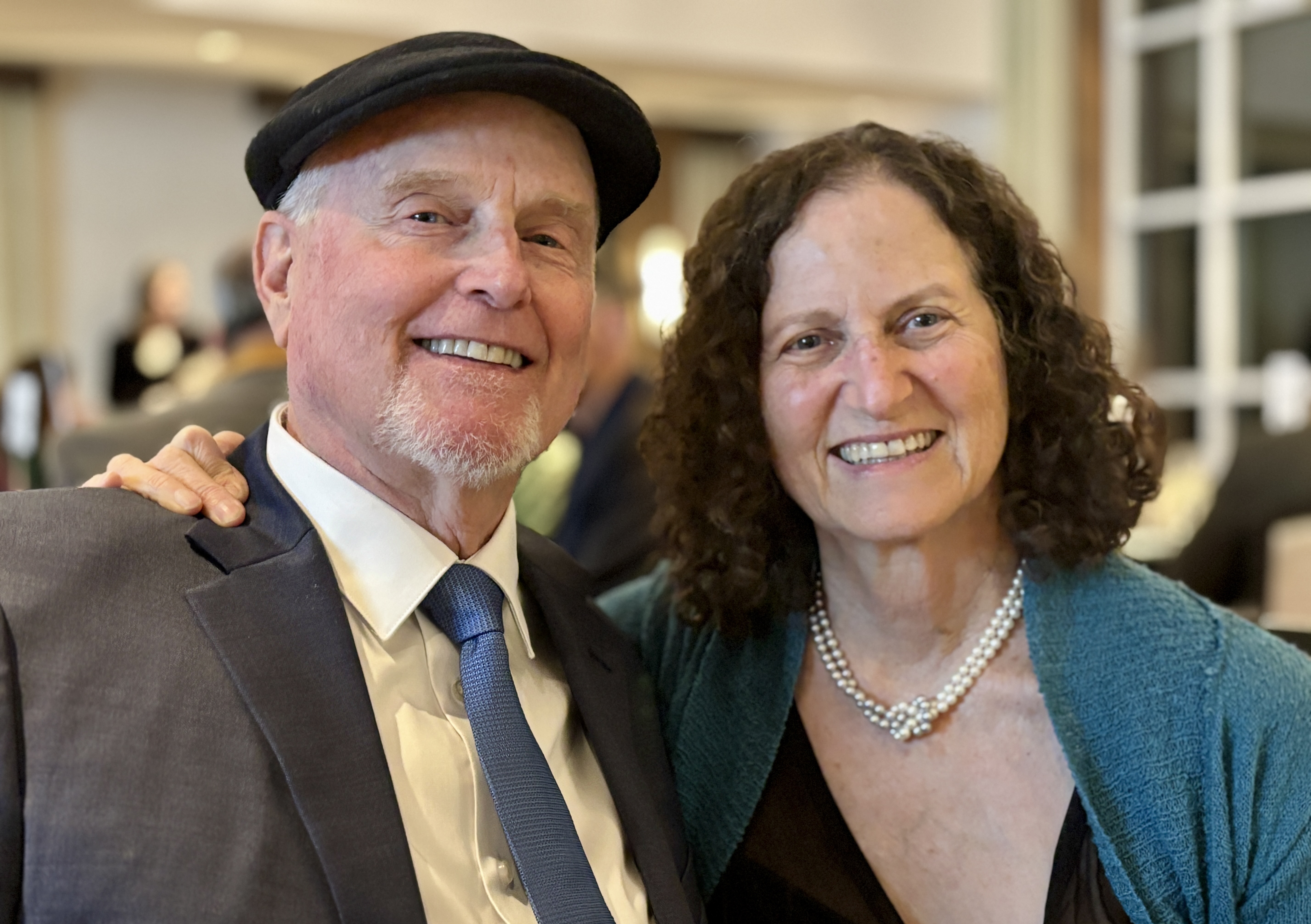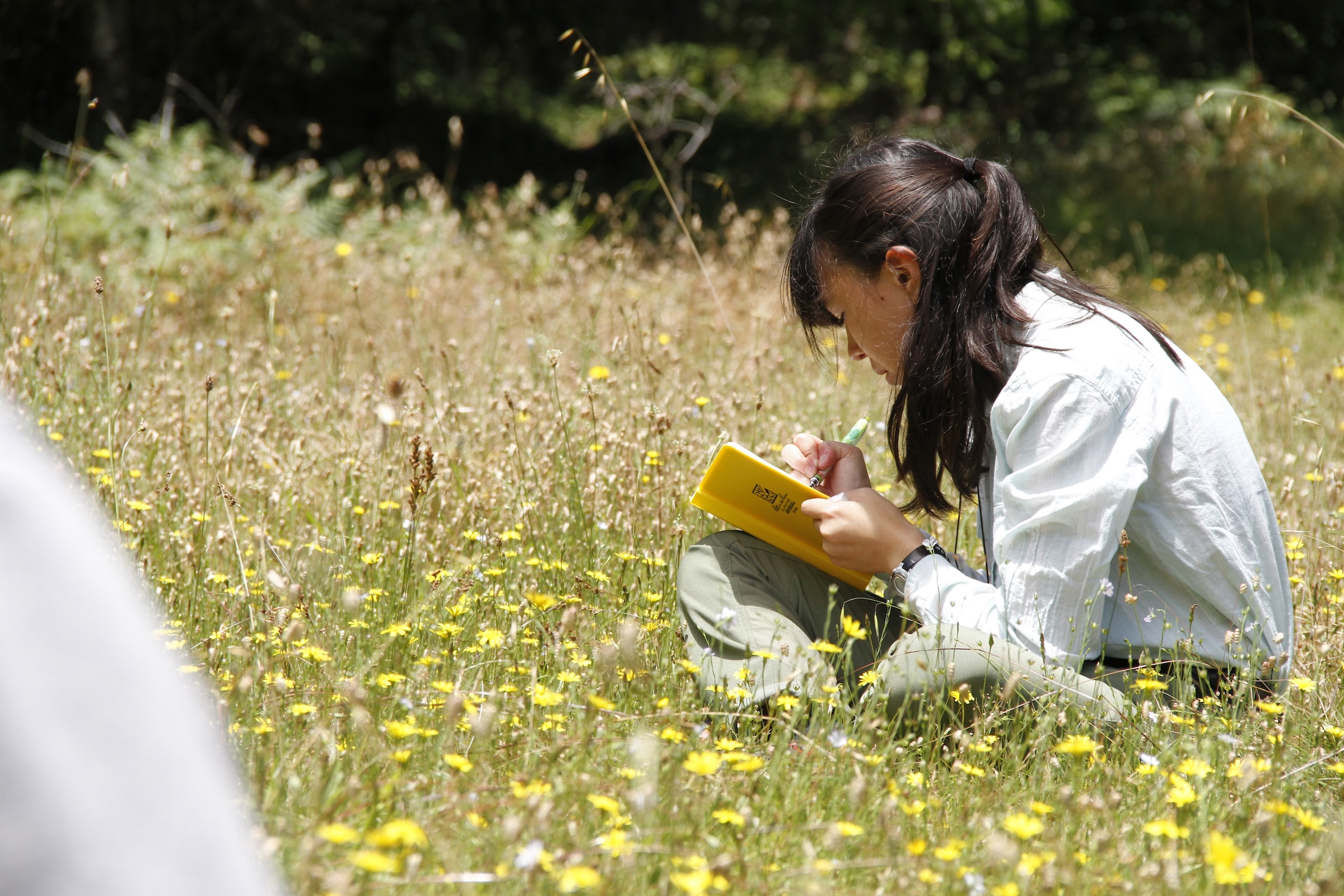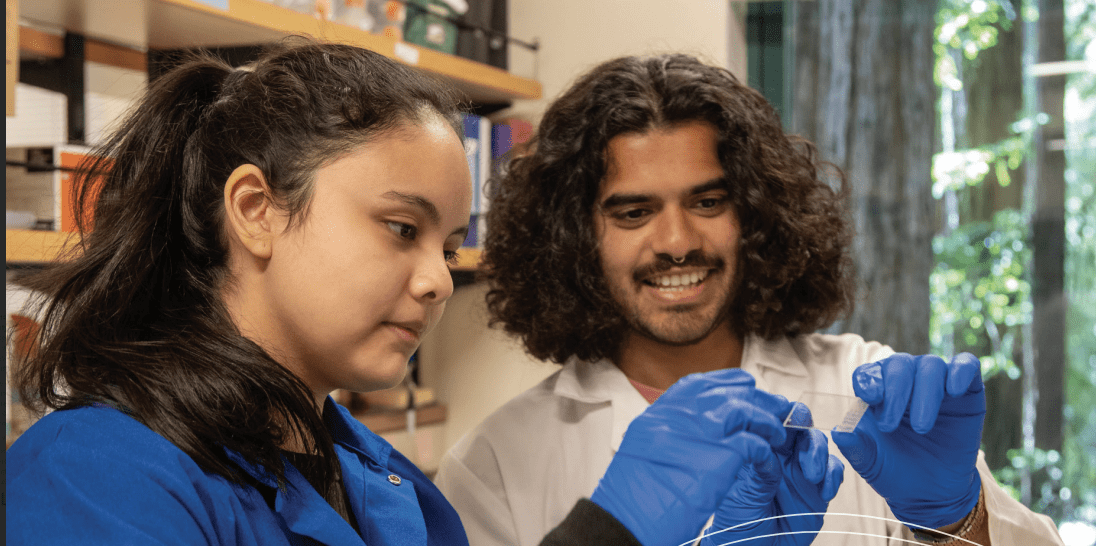

Stories
Our Students

Students in summer field school unearth artifacts and a new passion for archaeology
Interns funded by a UC-HBCU grant learned key professional skills and found their calling while excavating an archaeological site in West Africa

Photo Field Research Quarter: An art-filled road trip across California
Each summer, UC Santa Cruz students spend three weeks on the road in Photo Field Research Quarter, traveling across California to camp, connect with community partners, and create art shaped by the places they visit.

Leadership gift advances East Field running path renewal
A generous $500,000 gift will revitalize the East Field running path, enhancing movement, connection, and well-being across the UCSC community.

Humanities EXCEL Fellows build community through hands-on Internships
At UC Santa Cruz, the Humanities EXCEL Program is helping Humanities undergraduates discover new pathways to professional growth and connect to local communities through paid internships.

Transformative gifts will help students find their paths as changemakers
Experiential learning programs at the Institute for Social Transformation recently received $1.2 million in new funding to support the next generation of social impact leaders.

Inspiring Change: UC Santa Cruz launches $750M campaign
The campaign is a collective effort to raise funding to accelerate the campus’s groundbreaking discoveries, create real, lasting solutions to some of the world’s most consequential challenges, and amplify the next generation of leaders and scholars.
Our Donors

Connecting hearts, heritage, and higher education
By supporting The Humanities Institute and volunteering with Senderos, Carolyn and Curt Coleman help bridge campus and community—connecting students, families, and cultural traditions across generations.

Transformative gifts will help students find their paths as changemakers
Experiential learning programs at the Institute for Social Transformation recently received $1.2 million in new funding to support the next generation of social impact leaders.

Rooted in education, expanding opportunity
Inspired by a shared love of learning and a family of educators, alumnus Roger Koopmann (Stevenson ’80, economics) and his late husband, Tom Bullen (Ph.D. ’86, Earth sciences), established scholarships that give UC Santa Cruz students the chance to pursue research and study abroad experiences.

Opening Doors: The Sergio Klor de Alva Memorial Scholarship
After losing her 24-year-old son in 2016, Julie Lawes transformed her grief into mission: creating a memorial scholarship in his name. The Sergio Klor de Alva Memorial Scholarship helps UC Santa Cruz students pursue life-changing experiences—a legacy born from a mother’s love and her son’s keen insights.

New program to train U.S. college students from all backgrounds to be conservation leaders
$1 million from Cedar Tree Foundation will fund a conservation-leadership academy to continue the work of the Doris Duke Conservation Scholars program at UC Santa Cruz

The future of science
A generous gift from the Mayfield Fund is transforming undergraduate research and mentorship opportunities at UC Santa Cruz, creating a powerful chain reaction of scientific mentorship across disciplines.